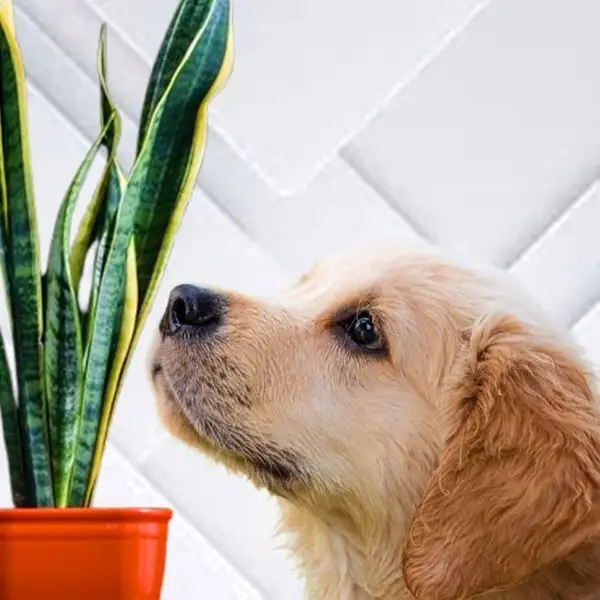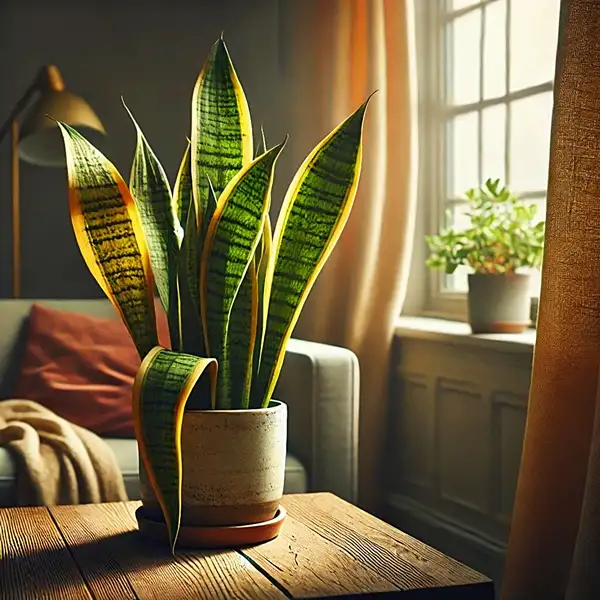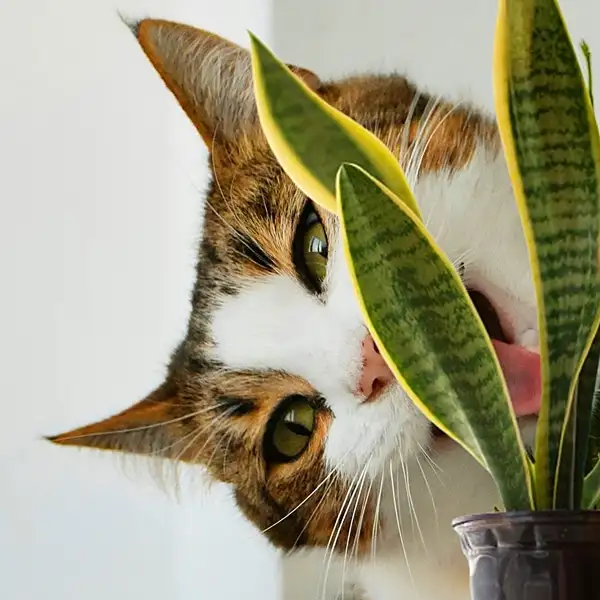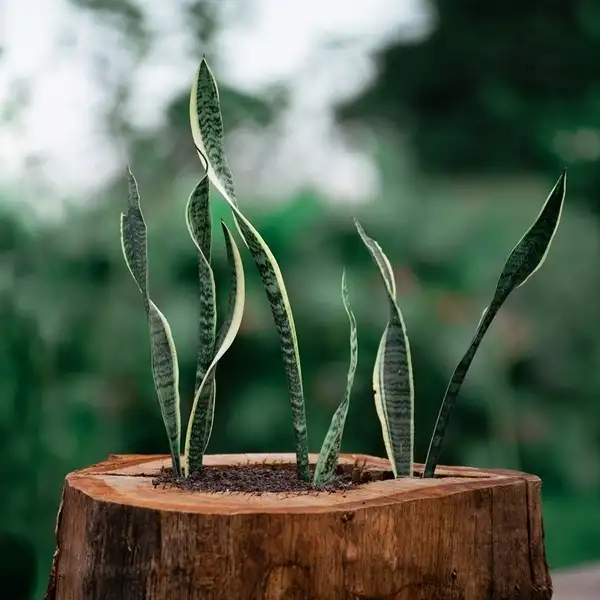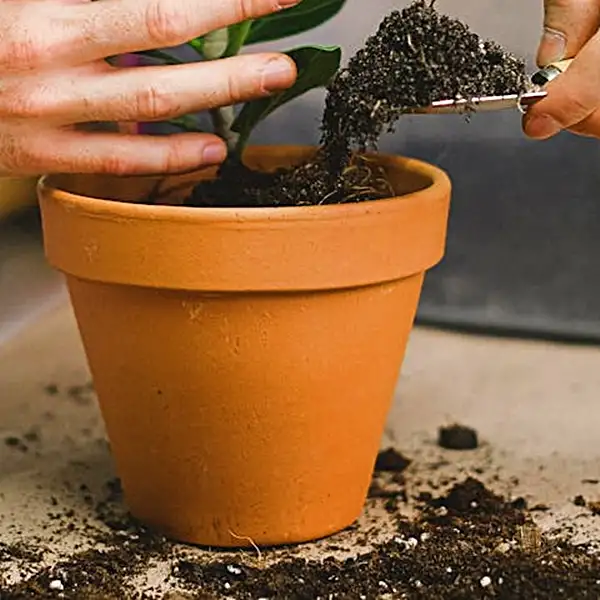Key Takeaways
| Key Takeaways | Why It Matters |
|---|---|
| Are snake plants toxic to dogs? | Discover the surprising truth about this popular houseplant. |
| Signs to Watch For | Learn the early warning symptoms that every pet owner must know. |
| What To Do If Your Dog Eats One | Quick and effective actions that can make all the difference. |
| How to Prevent Future Incidents | Simple yet effective strategies to keep your pet safe indoors. |
| Better Plant Choices | Looking for alternatives? Find safer houseplants that fit your home. |
The Nature of Snake Plants
One spring afternoon, I received a call from a friend whose Labrador Retriever had chewed on a snake plant leaf resulting in alarming symptoms like drooling & vomiting. My years of experience with houseplants combined with knowledge from horticulture training helped me guide her through that situation.
It made me realize how many pet owners unknowingly bring home plants that can pose risks to their furry friends. Are snake plants safe for dogs? This is a question every dog owner should consider before introducing these greens into their homes.

- Snake plants scientifically known as Sansevieria are adored by homeowners due to their unique beauty & incredible ease of care.
- These resilient indoor plants not only embellish homes with a touch of green but also purify air in living spaces.
- They remove toxins such as formaldehyde & benzene from household air contributing to improved overall health.
Without a doubt, these remarkable houseplants have become synonymous with modern aesthetics & good health. But beyond their benefits for humans is a pressing question that pet owners ask: “Are snake plants toxic to cats and dogs?” The strong desire to keep our furry friends safe while surrounding ourselves with nature’s beauty leads us to this important inquiry.
Relationship Between Dogs & Houseplants
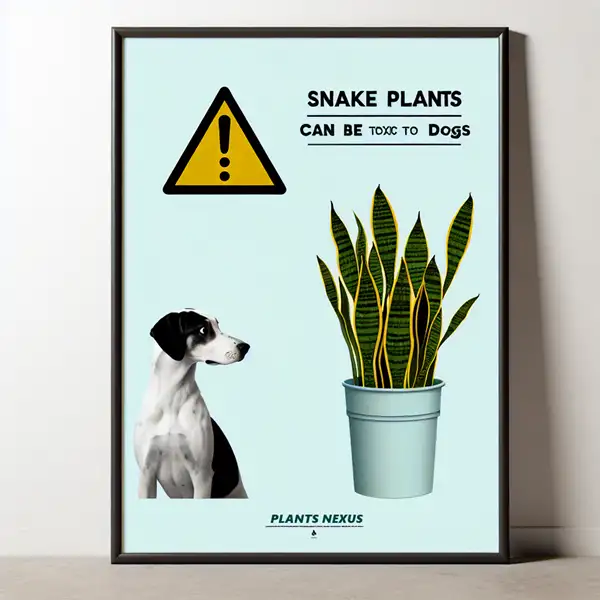
Dogs are naturally curious creatures. This curiosity often leads them into spaces within our households that we’d rather they avoid—like our collection of beautiful houseplants. While some might assume that because something is natural it cannot be harmful but unfortunately this isn’t always true.
‘Some popular houseplants can be toxic if consumed by pets,’ warns Dr. James Barrington from Texas-based BluePearl Veterinarian Clinic.
Moreover, different breeds may react differently based on factors like age, immune system functionality, breed tendencies or genetic makeup. Therefore knowing which plants pose harm becomes supremely important before inviting new greens indoors.
Are Snake Plants Toxic To Dogs? Exact Answer
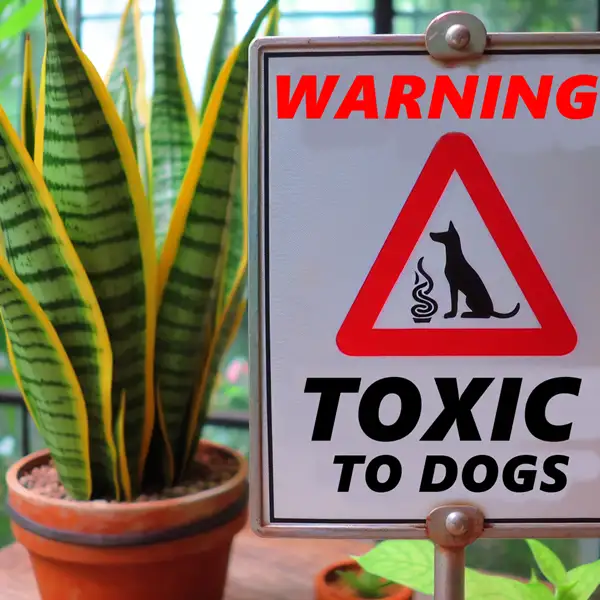
While they aren’t fatal when consumed in smaller quantities, ingestion can cause untoward symptoms in your canine companion due to the presence of saponins – chemical compounds primarily used by the plant as an essential defense against insects.
Although relatively small amounts might just irritate a dog’s mouth, causing excessive drooling or vomiting, larger amounts could become a cause for concern, stipulates Dr. Tina Wismer, senior director for the ASPCA’s Animal Poison Control Center.
9 Symptoms of Snake Plant Poisoning in Dogs
The symptoms of snake plant toxicity can vary from mild to severe depending on the amount consumed.
| Symptom Category | Specific Symptoms |
|---|---|
| Mild Symptoms |
|
| Moderate Symptoms |
|
| Severe Symptoms |
|

‘If you notice any unusual behavior after your dog has been near a snake plant or other potentially toxic greenery, don’t hesitate getting him checked out by a veterinarian stat,’ Dr. Barrington recommends preemptively.
4 Steps to Do if Your Dog Eats A Snake Plant
| Step | Action | Details |
|---|---|---|
| 1 | Assess the Situation | Determine the amount ingested and observe your dog’s behavior for any immediate symptoms |
| 2 | Contact Your Veterinarian | Even if symptoms are mild, it’s essential to seek professional advice promptly |
| 3 | Follow Veterinary Guidance | According to VetInfo.com, your vet may recommend monitoring at home or bringing your dog in for treatment, which could include administering activated charcoal to absorb toxins or providing intravenous fluids to combat dehydration |
| 4 | Prevent Future Incidents | Place snake plants out of your pet’s reach or consider removing them from your home entirely |
4 Steps to Keep Your Dog Safe Around Indoor Plants
Realizing that prevention is far better than intervention we have several steps suggested by PetMD that pet owners can take towards ensuring safety around plants indoors –
| Method | Description | Benefits |
|---|---|---|
| Training & Discipline | Teach your dog commands like “leave it” to discourage them from approaching plants | Reduces the risk of accidental ingestion and promotes good behavior |
| Physical Barriers | Fence plants using baby gates or place plants on high shelves to restrict access | Provides a straightforward solution to keep plants out of reach |
| Choose Pet-Safe Plants | Select indoor plants known to be non-toxic to dogs, such as spider plants or Boston ferns | Ensures that even if your dog interacts with the plants, they remain safe |
| Regular Veterinary Check-Ups | Schedule routine visits to monitor your dog’s health and address any concerns | Early detection of potential issues ensures prompt treatment |
One Solution To Keep Pets Safe
‘When it comes to our pets, our instincts are often best. If you are unsure about a certain plant’s safety, always reach out to a vet or consult ASPCA’s poison control center,’ advises Dr. Wismer.
In sum, keeping our dogs safe around houseplants necessitates balance, knowledge, compassion & vigilance.
Frequently Asked Questions
Are snake plants safe for dogs to smell?
Yes! Dogs can safely smell snake plants. The plant is only toxic if eaten so keep it out of reach to prevent chewing.
What is the most toxic plant to dogs?
Sago Palms are among most toxic plants for dogs. Even small amounts can cause liver failure & death. Always check plant toxicity before bringing one home.
Can I get a snake plant if I have a dog?
Yes! But keep plant completely out of your dog’s reach. If unsure, opt for pet-friendly houseplants instead.
Can a snake plant kill a dog?
Snake plants are unlikely to be fatal but can cause serious distress. Seek veterinary help if symptoms persist.


